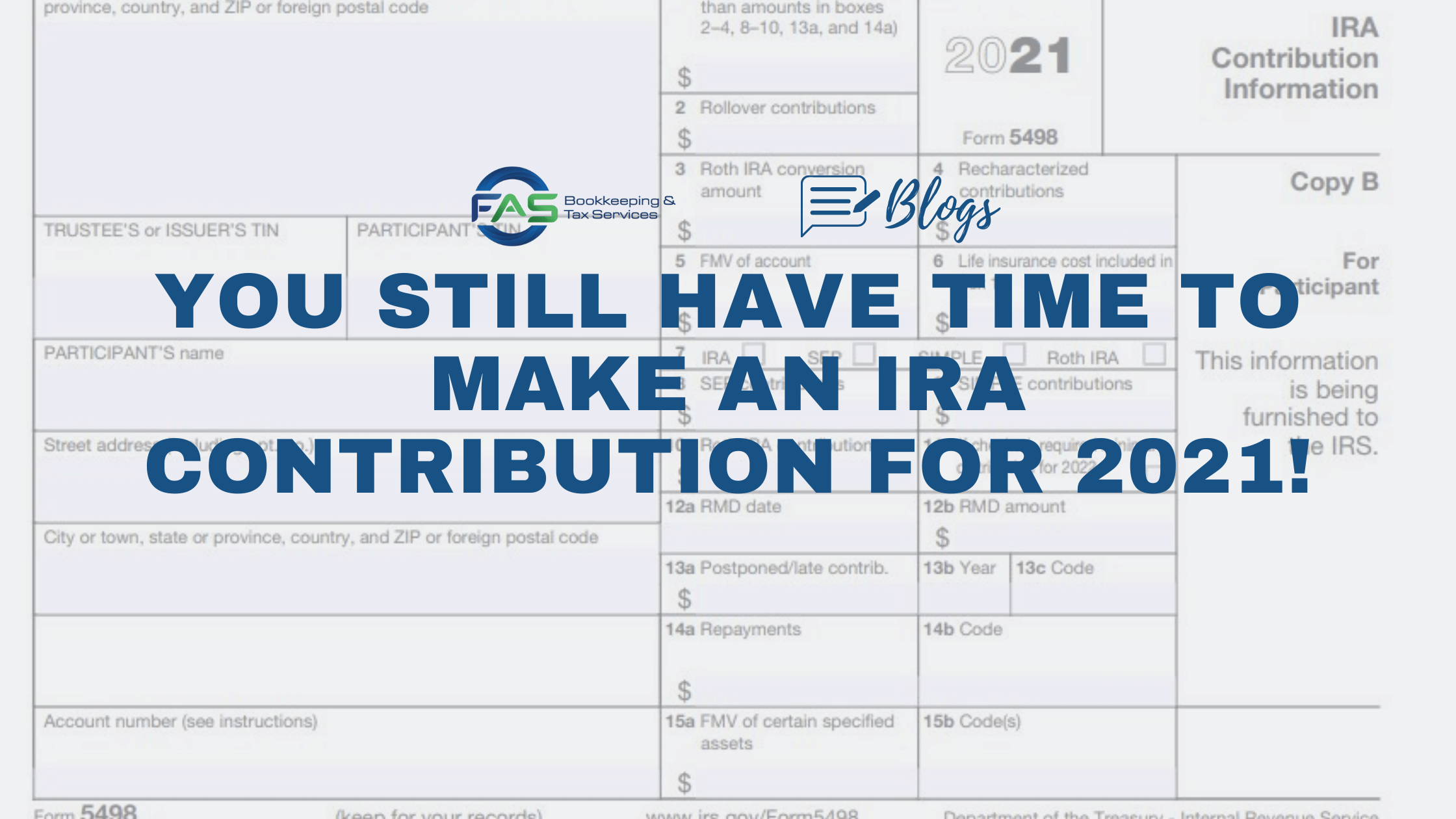Roth IRAs: Put Your Child’s Summer Earnings to Work
With plentiful opportunities for teen employment, this year now is the perfect time to consider opening a Roth IRA for your minor child. Here’s what you need to know.
What is a Roth IRA?
A Roth IRA is a type of IRA that allows you to make after-tax contributions rather than pre-tax contributions, as you would with your own IRA or your employer’s 401(k). While a regular IRA and a Roth IRA are similar in many ways, it is critical that the account be set up as a Roth IRA when it is created.
A Roth IRA follows the same rules as a traditional IRA, with the following exceptions:
- Contributions to a Roth IRA are not deductible.
- Qualified distributions are tax-free if you meet the requirements.
- There is no age limit for making regular contributions to traditional or Roth IRAs in 2020 and later.
- You can leave money in your Roth IRA for as long as you live; however, the account or annuity must be set up as a Roth IRA.
Roth IRAs for Minors
Minors are generally not allowed to open brokerage accounts in their own names until they reach the age of 18. As a result, an adult must act as custodian. A Roth IRA for minors is also known as a custodial account Roth IRA or a Roth IRA for Kids. The benefits are the same regardless of the name.
Here’s how it works:
The custodian opens and maintains control of the minor child’s Roth IRA, as well as decisions about contributions, investments, and distributions. The custodian also receives account statements.
As custodians, parents must remember that the account belongs to the minor child even though they control and maintain it. As a result, the funds in the account must be used to benefit the minor. When a minor reaches the age of 18, or 21, depending on the state, assets must be transferred to a new account in their name.
Earned Income. A minor can only contribute to a Roth IRA if they have earned income from a summer or after-school job, or earnings from self-employment such as babysitting, pet sitting, or lawn mowing. As a reminder, self-employment earnings of $400 or more may be subject to self-employment taxes such as Medicare and Social Security.
Most teenagers will not be required to file a tax return; however, they should keep a written log of hours worked in case the IRS contacts them with questions later.
Contributions. For 2022, the maximum Roth IRA contribution is the lesser of $6,000 or the total earned income of the child. If your child earns $3,000 this year, the maximum contribution is $3,000 (rather than $6,000). Parents may contribute to their child’s account as long as the total contribution amount (child and parent) does not exceed your child’s earned income for the year. Using the previous example, if the child earned $3,000 but only wanted to contribute $1,500 to their Roth IRA, the parent could contribute another $1,500.
Even if your child only makes a one-time investment today, the sooner they begin saving, the more time their money has to grow because of the power of compounding.
Information Regarding Custodial Roth IRA Accounts?
Even though your teen may not see the benefit of making a contribution to a retirement account right away, they will appreciate it later. Please don’t hesitate to get in touch with us if you have any questions about Roth IRAs for minors. You can reach us at admin@fas-accountingsolutions.com or call us at 713-855-8035.


